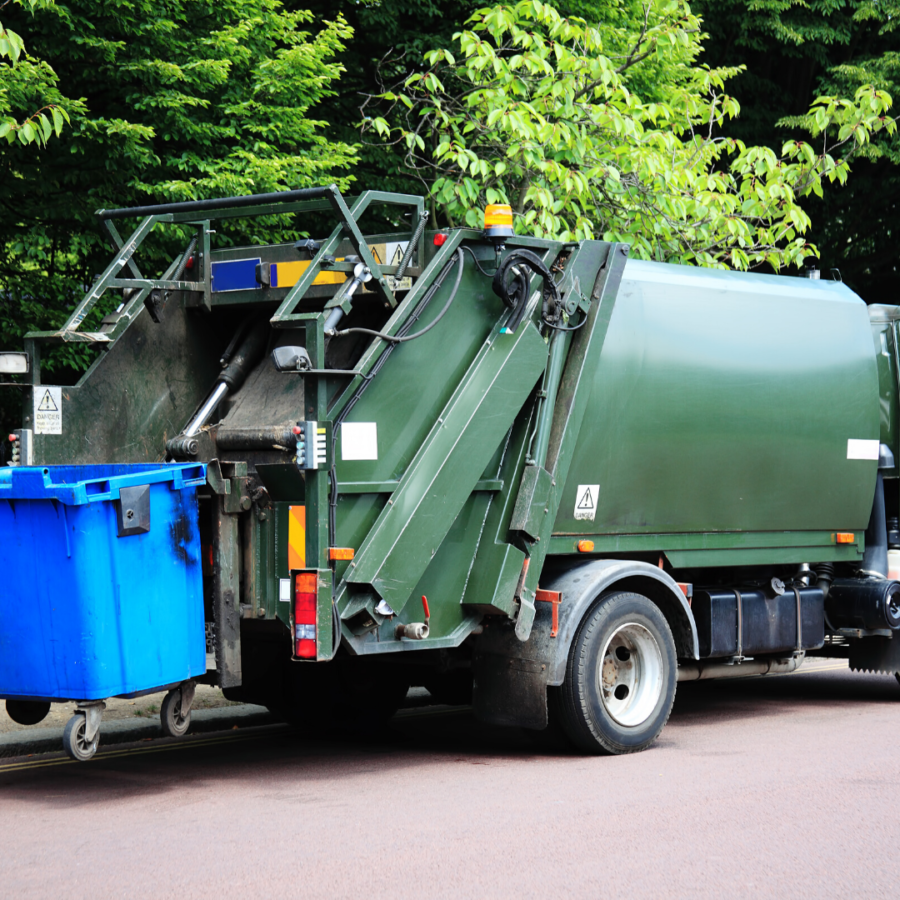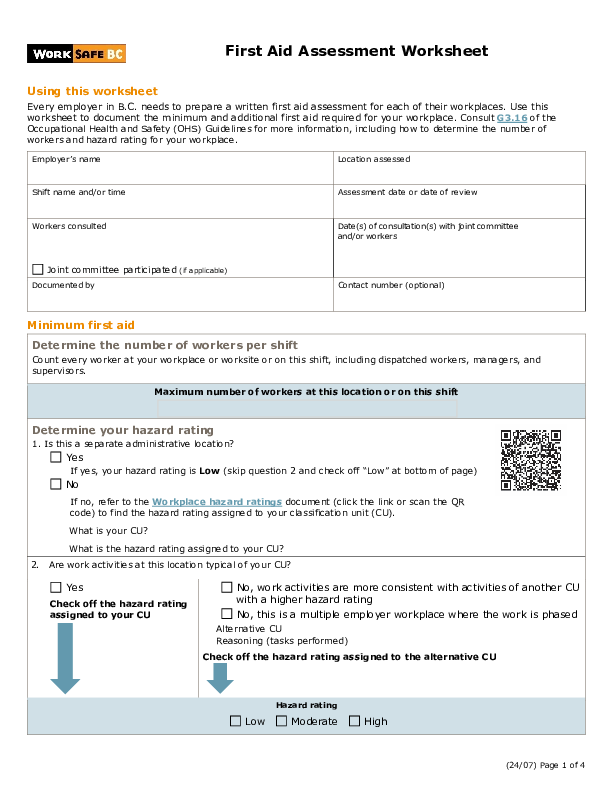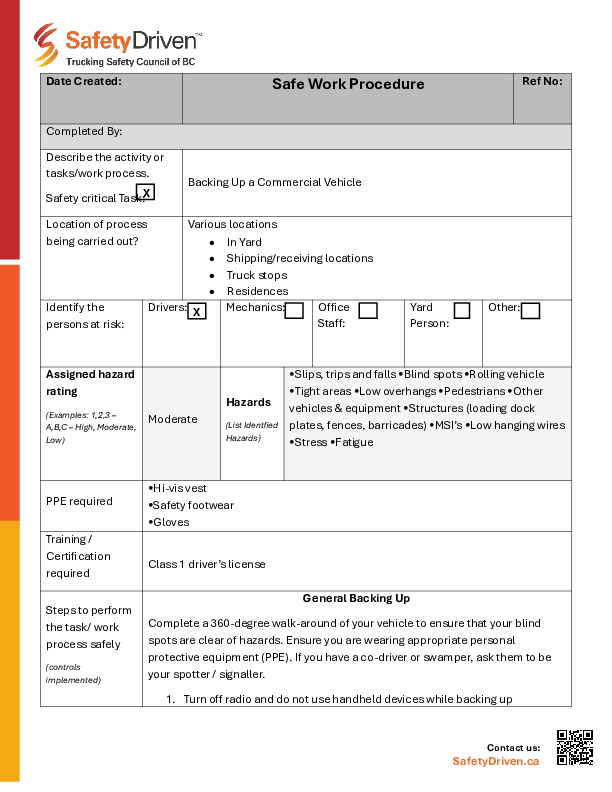
Cleaning Up Safety Habits in Waste Removal
Hauling garbage is no picnic in the park. It’s dirty, it’s smelly, it’s tough. It’s also dangerous.
WorkSafe BC statistics reveal that workers in the garbage, debris, industrial waste, and recyclable material removal sector have an injury rate 50% higher than those in the general transportation sector, and almost three times the provincial average.
As a professional truck driver, if you’re hauling solid waste or recyclables, you’re part of that high-risk group. The good news is that reducing your risk is mostly a matter of awareness, good work practices, and proper equipment. SafetyDriven provides a wide range of free online resources such as articles, posters, courses, safety talks, and videos to help you work safer.
According to WorkSafe BC, the top three sources of injury in this sector are:
• Overexertion
• Being struck by a vehicle or object
• Falling from an elevation
Overexertion means doing more than your body is used to or capable of. It can cause sprains or strains to backs, knees, shoulder, or other parts of the body. A sprain is an injury to the bands of tissue that connect two bones; a strain is an injury to a muscle or the band of tissue attaching a muscle to a bone. They both hurt and can be serious. Whether throwing a big tarp over a load or moving heavy, awkward objects, professional drivers can easily be injured. You can avoid overexertion by understanding and using good manual material handling practices—such as keeping the back straight, using leg muscles to lift, turning with the legs rather than twisting the back, and warming up the muscles with light exercise (never stretch cold muscles).
Many drivers are struck by a vehicle or object while working outside their own trucks. At landfills and transfer stations, watch closely for forklifts, bulldozers, compactors, and other heavy equipment, as well as vehicles driven by nonprofessional drivers who may be using the facility. Wear a high-visibility vest to help drivers in their cabs spot you on the ground, remain alert at all times, and assume that other drivers cannot see you. Along with appropriate personal protective equipment (PPE), be sure to wear a hard hat, gloves, and eye protection when outside your truck to protect you from falling objects and debris.
Falls from heights account for more than one in ten injuries in BC’s waste removal sector. “Accidental falls are another concern…especially in facilities with pits or direct dump designs where the drop at the edge of the tipping area might be 5 to 15 feet deep,” according to “Transfer Station Safety Issues I” in WasteAdvantage Magazine. Falls can happen when drivers climb onto trucks to tarp or even when they enter or exit the truck cab. To prevent falls, always wear proper footwear with slip-resistant soles, use three points of contact, and ensure that ladders, steps, and other equipment are in good condition before climbing. Be alert for pits and drop-offs and respect guardrails.
For more on safety issues related to waste transport, visit SafetyDriven.ca and check out the following links:
• Stay Focused to Stay Safe
• 6 Tips to End Trucking Workplace Injuries
• Loading & Unloading: Make it Simple, Make it Safe
You can depend on SafetyDriven for all your safety needs.
Latest Resources
First Aid Assessment Worksheet
Every employer in B.C needs to prepare a written first aid assessment for each of the ...
Safe Work Procedure: Backing Up Commercial Vehicle
An Employer can make use of a safe work procedure (SWP) by training new and e ...

